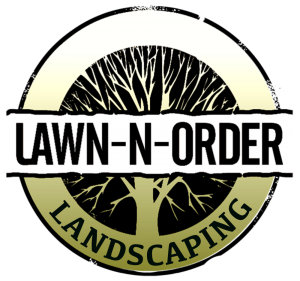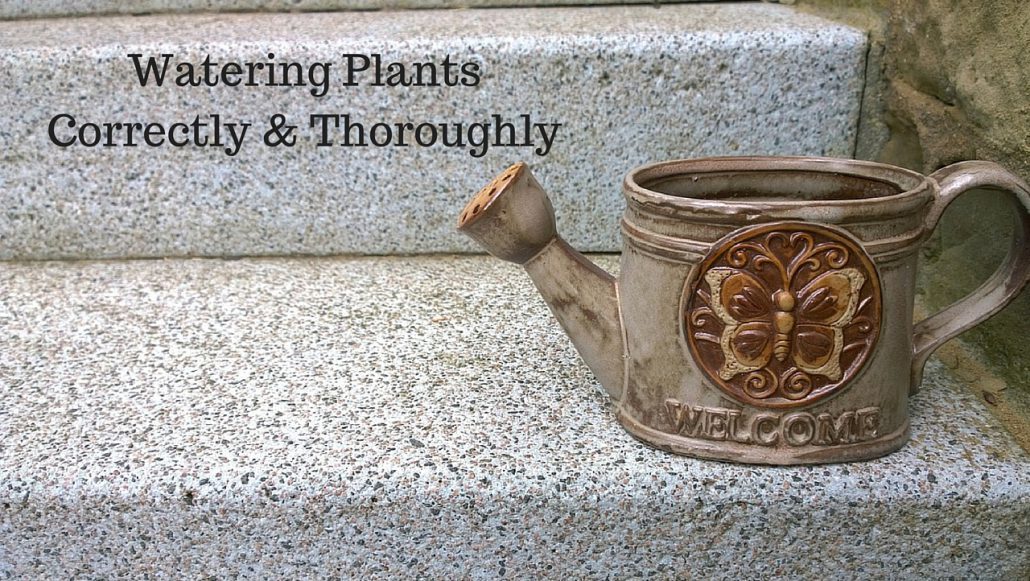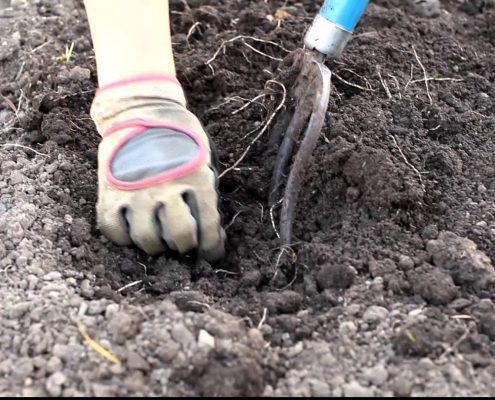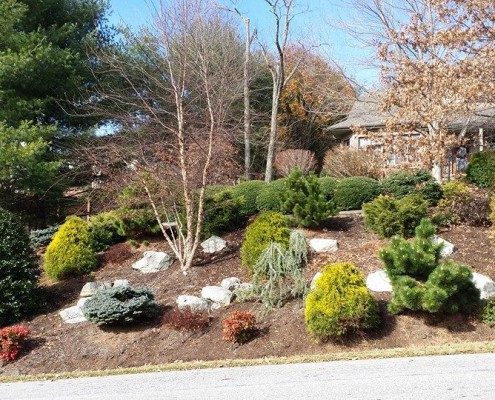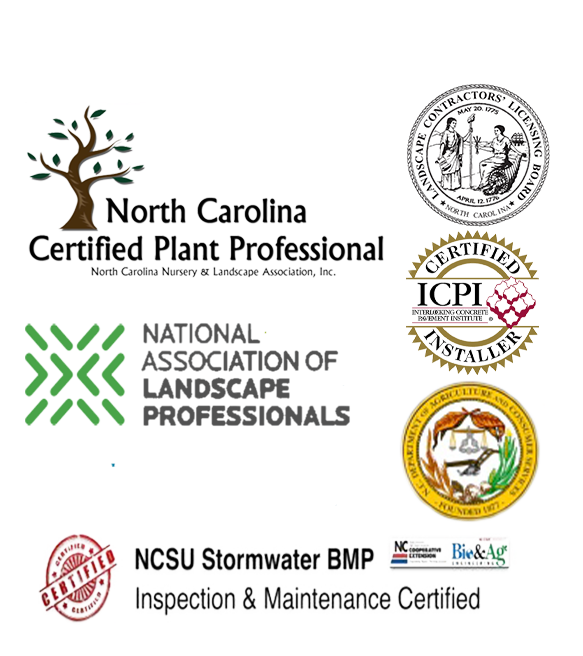How To Make A Safe Homemade Insecticide
It’s spring time, and that means it’s time to start thinking about the overall health and safety of your plants and shrubs. One of the biggest challenges to maintaining lively looking plants, bushes and shrubs involves controlling harmful bugs and insects. It’s an especially painstaking process when you are trying to do it without using harmful sprays and insecticides. Well, no worries friends, there is a solution. Today, we’re showing you how to make a your own homemade insecticide that is both non-toxic and safe. It also works great for keeping the insects away and the landscaping bills down.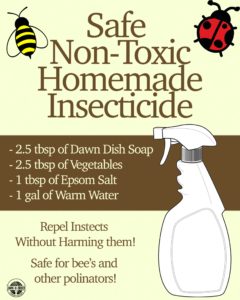
The recipe for making this is extremely cost effective and easy to follow. By using a combination of common household items, you can create a powerful safe homemade insecticide. Simply combine Dawn dish soap, water, vegetable oil, and epsom salt to concoct an environmentally friendly, insect repellent and mineral rich spray. Also, the good news is you will not be harming helpful insects such as bees and other pollinating insects, but you will simply be repelling them as opposed to killing them. Combine all of the ingredients listed on our chart in an empty spray bottle. Make sure you’re using a spray bottle that you can easily use adjust to create a mist spray as to not damage the leaves and stems of your plants. Don’t worry about the order in which you combine the ingredients, but you might want to add your water first to avoid heavy bubbles from the Dawn dish soap.
Once you have finished combining your ingredients, you’re ready to rid your valued plants, flowers and shrubs of those pesky chewing and destructive insects. Start by lightly spraying all of your plants, flowers and bushes around their leaves, stems and base with this homemade insecticide. Doing this one to two times per month will organically help keep harmful pests away.
Using this environmentally safe, inexpensive, homemade insecticide is incredibly effective in controlling unwanted plant, flower, and bush eating insects. You can apply this homemade insecticide to kill and control invasive insects including:
- aphids
- mites
- scales
- beetles
It’s likely that you have already spent enough money and time finding and hiring a landscaping company to build your mulch bed, plant your shrubs, and maintain your property’s plants and overall landscaping features. Prevent from having call your landscaper or plant expert, once again, to eradicate insects using harmful chemical filled insecticides by using our recipe for a simple and easy to make homemade insecticide.
